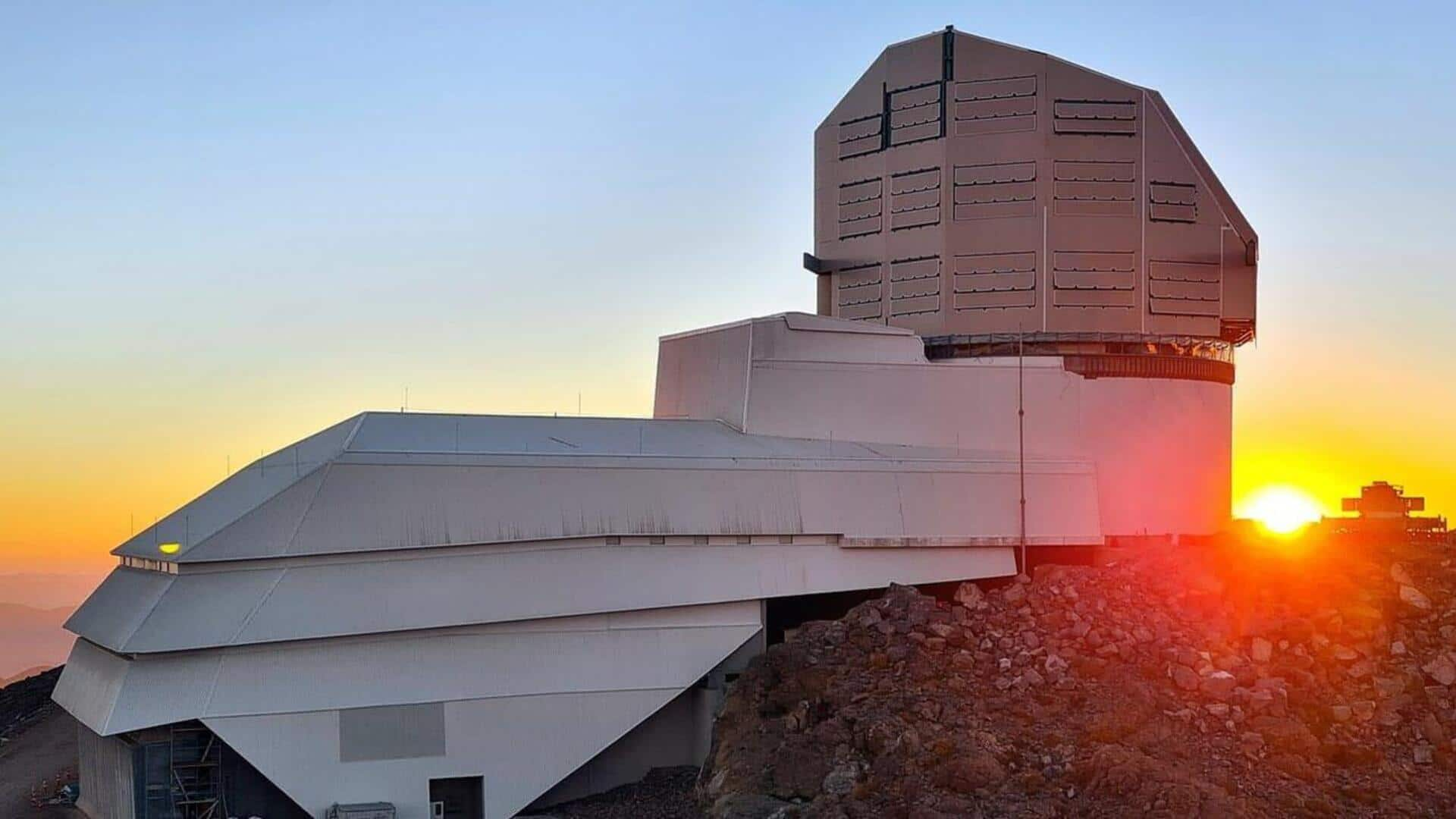
3,200MP telescope camera to reveal epic images of cosmos today
What's the story
The Vera C. Rubin Observatory, a groundbreaking astronomical facility located in northern Chile, is set to unveil its first images today. The observatory, which was jointly developed by the National Science Foundation and the US Department of Energy, boasts the world's largest digital camera. The unveiling is being compared to the momentous occasion when the James Webb SpaceTelescope (JWST) released its first images back in 2022.
Observatory details
What is the Rubin Observatory?
Perched atop arid mountain Cerro Pachon, the Rubin Observatory is a state-of-the-art telescope built to survey the entire southern sky. The facility features an 8.4-meter-wide mirror and is equipped with the largest digital camera ever built with 3,200-megapixels. The camera alone some 3,000kg. Its main mission will be the Legacy Survey of Space and Time (LSST), which will map and catalog billions of galaxies to understand dark matter better.
Survey strategy
How will the observatory capture images?
The Rubin Observatory will photograph the entire southern sky every three nights, using six differently colored filters to capture images in various light spectra. This technique will provide an incredibly detailed view of the universe over time. "Until the images are revealed..., all I can say is that people are going to be amazed at what we're able to see already," said Stanford University researcher Andres Alejandro Plazas Malagon.
Astronomical goals
Telescope named after dark matter pioneer Vera Rubin
The telescope is named after Dr. Vera C. Rubin, an American astronomer who provided evidence for the existence of dark matter through her work on galaxy rotation curves. One of the main scientific objectives of the Rubin Observatory is to learn more about this "mysterious unseen matter." The original name of the telescope was "Dark Matter Telescope!"